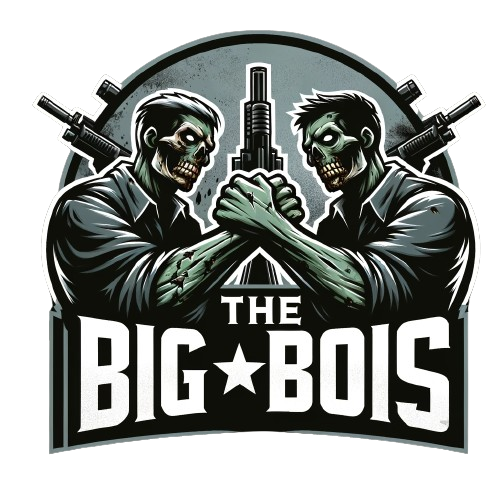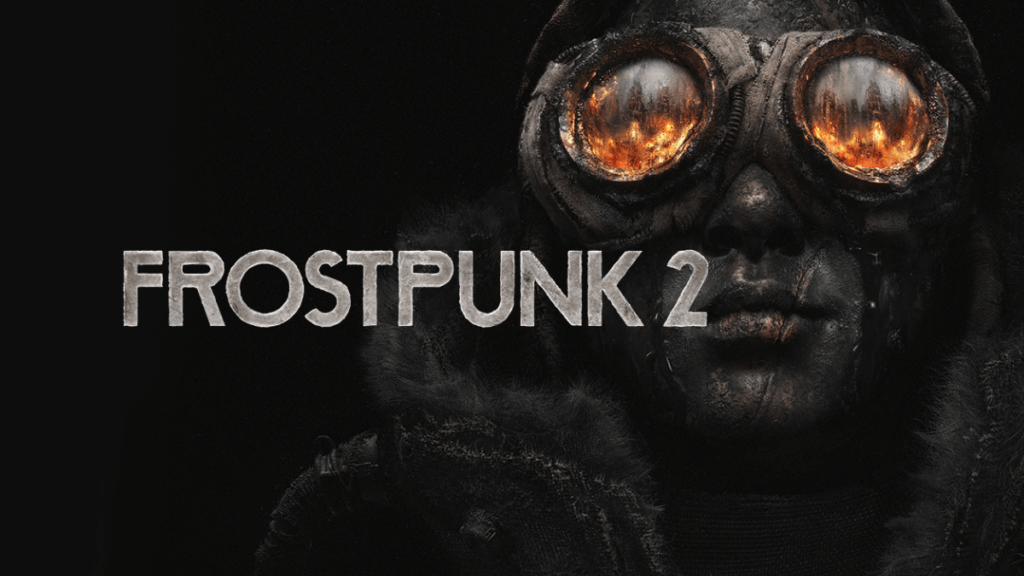Frostpunk 2 is a bold new entry in the city-survival genre from 11 bit studios, and it’s anything but Frostpunk 1.5. Set 30 years after the original game’s devastating apocalyptic blizzard, Frostpunk 2 pushes the boundaries of its predecessor, evolving both its gameplay and its narrative into something more complex and politically charged. While fans of the first game might feel nostalgia for its brutal challenge, this sequel ventures into new territory, offering fresh mechanics, deeper political systems, and larger stakes. Let’s dive into what makes Frostpunk 2 unique—and where it falls short.
A New Story of Survival
Picking up three decades after the events of Frostpunk, the world is still in the grip of an eternal winter. Humanity’s last hope is once again a sprawling city that clings to survival amid the icy wastes. However, the nature of survival in Frostpunk 2 has evolved beyond the life-or-death scenarios of the first game. Instead of isolated chapters or scenarios, the entire campaign flows as one continuous experience. This narrative shift not only makes the world feel more alive but also lets players see the long-term consequences of their decisions over time.
This time around, you take on the role of the Steward, tasked with expanding the city, managing resources, and navigating a deeply political environment. Factions within your city have different ideologies, desires, and ambitions. Instead of ruling with an iron fist as in the original, you must now navigate political alliances and make decisions based on gaining support from various groups.
Politics in the Frozen Wasteland
One of the game’s boldest new features is its political system. This isn’t just about issuing laws anymore. Frostpunk 2 introduces a Council Hall, where factions debate and vote on key issues. This requires you to play a game of political strategy, garnering support for your policies and making compromises to maintain power. While the introduction of factions and voting seems like a refreshing change, it does have its flaws.
Once you understand how the voting mechanics work, they can feel a bit too predictable. Neutral votes always fall within a specific range, and once you figure out the system, passing laws becomes routine. This undermines the weight of political decision-making and can make the entire process feel like a numbers game rather than a dynamic struggle for control.
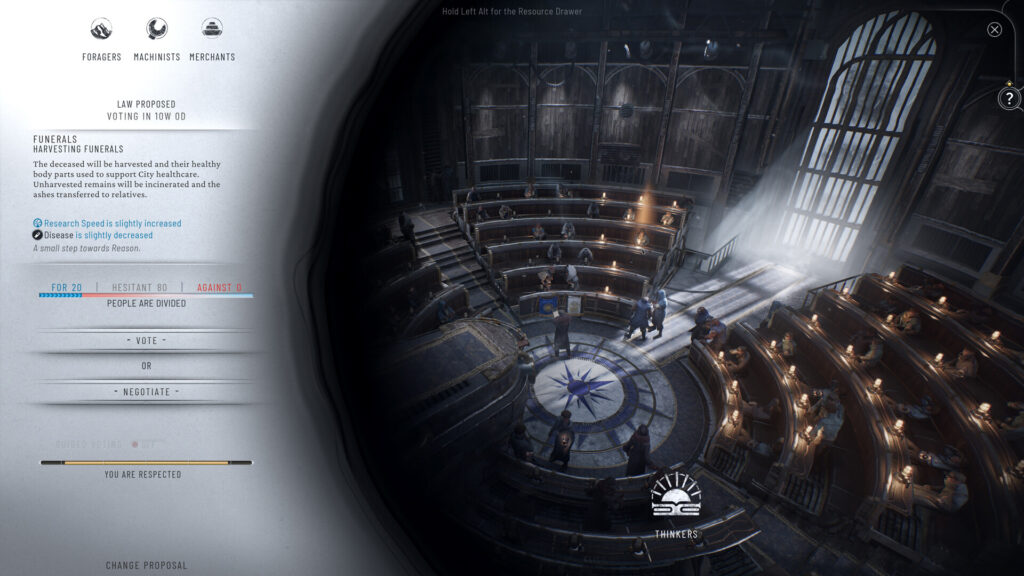
Expanding and Managing a City of Districts
The city-building mechanics in Frostpunk 2 have also been reworked. Borrowing ideas from Civilization VI, the game introduces a district system. These large districts, each with their own unique demands and challenges, add complexity to the already intricate resource management mechanics. As in the first game, balancing resources like coal, oil, food, and warmth is critical. However, Frostpunk 2 expands on these systems by adding layers of social management, forcing you to think not just about survival but also about political stability and the demands of a growing population.
Yet, the resource management does falter at times. While the beginning of the game is challenging, once you hit a certain level of stability, resource abundance becomes an issue. After a few hours, even on higher difficulty levels, you may find yourself drowning in resources, removing much of the tension that defined the original Frostpunk experience.
Immersion and UI Woes
Visually, Frostpunk 2 is stunning. The snowy, desolate landscapes are beautifully realized, with atmospheric lighting and detailed environments that make you feel the oppressive cold. The soundtrack is equally impressive, adding a haunting ambiance that immerses you in the game’s world.
Unfortunately, this immersion is often interrupted by the game’s UI, which is its biggest drawback. The interface is cluttered, and many features are not clearly explained, leading to confusion for even experienced players. This lack of clarity can detract from the overall experience, especially when trying to manage the various complex systems the game throws at you. The UI requires a steep learning curve, and it’s one of the aspects that feels less polished compared to the rest of the game.
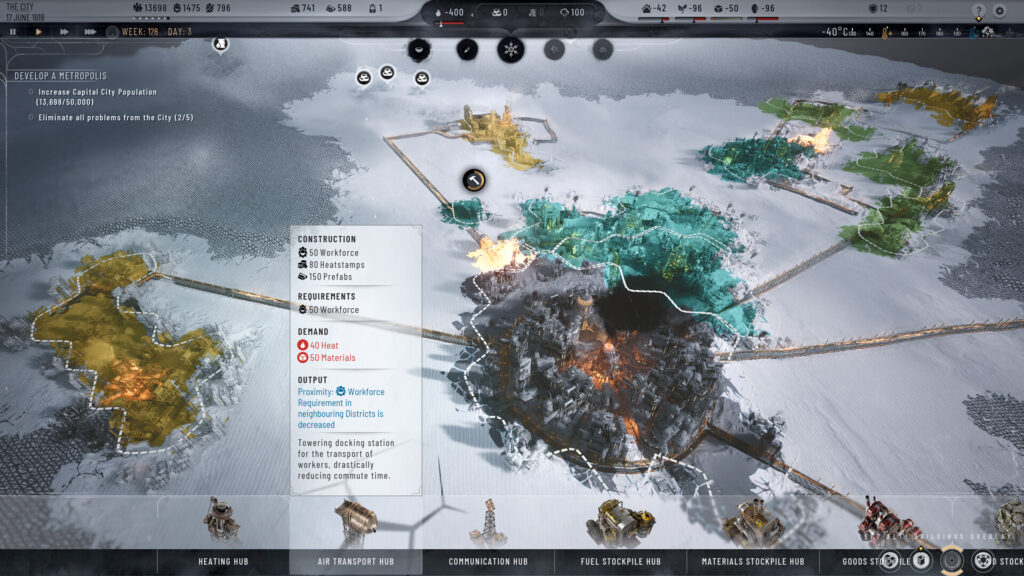
Choices and Consequences: Do They Matter?
One of the strongest elements of the original Frostpunk was the brutal weight of your choices. Every decision, from rationing food to forcing child labor, had immediate and often tragic consequences. In Frostpunk 2, however, the impact of your choices feels diminished. While you still face difficult decisions, such as dealing with accidents or managing faction conflicts, the consequences are often less severe. For example, losing hundreds of people in a mining accident won’t ruin your city, as the population seems to be a renewable resource over time. This reduces the emotional weight of these moments and makes survival feel less desperate.
Additionally, the game feels more scripted than its predecessor, with some events and outcomes predetermined regardless of your choices. This scripted nature limits the replayability and the sense of control that players had in the first game.
More Ambitious, But Less Tense
Frostpunk 2 is an ambitious sequel that expands the city-survival genre with its political systems, larger scale, and continuous campaign. However, this ambition comes at the cost of the tense, pressure-filled gameplay that made the original so captivating. The introduction of factions and the Council Hall adds new layers of strategy, but the predictability of the voting system and the abundance of resources later in the game make it feel less urgent and impactful.
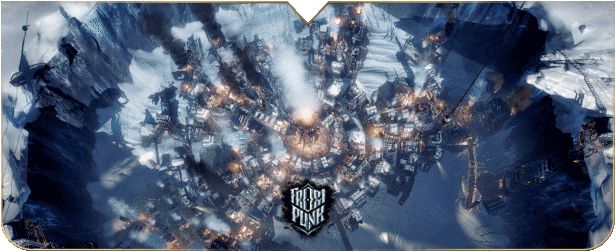
Complex and Expansive: What Stands Out
- Continued Storyline: The game continues the story of the original in an engaging and meaningful way, adding new layers to the world.
- Politics and Factions: The introduction of political factions and voting adds depth, even if the system becomes predictable.
- Districts and Expansion: The new district system adds a fresh approach to city-building, offering more complexity and strategic decisions.
- Stunning Visuals and Music: The game looks fantastic, with its apocalyptic setting beautifully realized, and the soundtrack elevates the experience.
Frigid Shortcomings: Where It Falls Short
- Cluttered UI: The game’s interface is difficult to navigate and lacks clarity, which can frustrate players, especially when dealing with complex systems.
- Diminished Challenge: Once past the initial stages, the game becomes too easy, with an overabundance of resources that lessens the tension.
- Less Impactful Choices: Decisions don’t carry the same weight as they did in the first game, making survival feel less urgent and emotionally charged.
- Predictable Politics: The faction system, while interesting at first, quickly becomes predictable and formulaic.
Frostpunk 2: Frostpunk 2 is a bold and innovative follow-up that builds on the original in new and exciting ways. While it loses some of the intense survival tension of its predecessor, it compensates with a broader, more political focus. It’s not without its flaws, but for players looking for a more complex and less punishing experience, Frostpunk 2 is a worthy successor. – Obsidian

